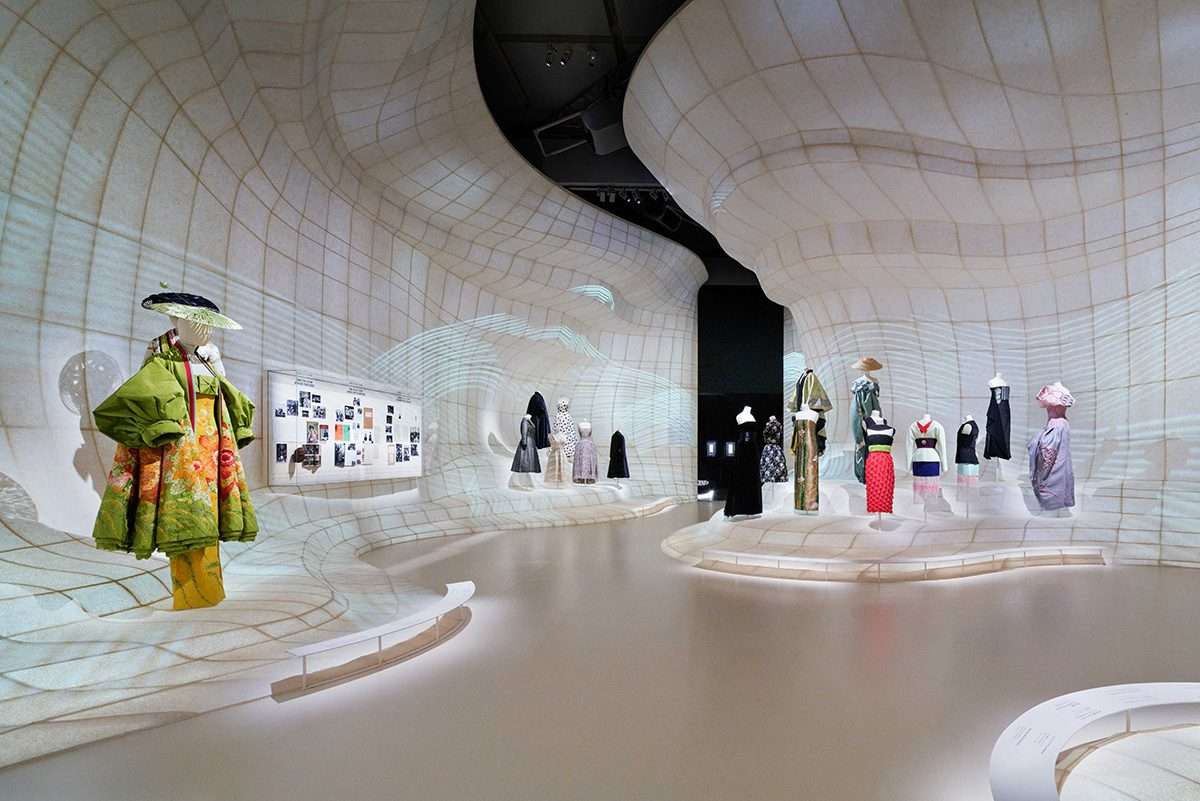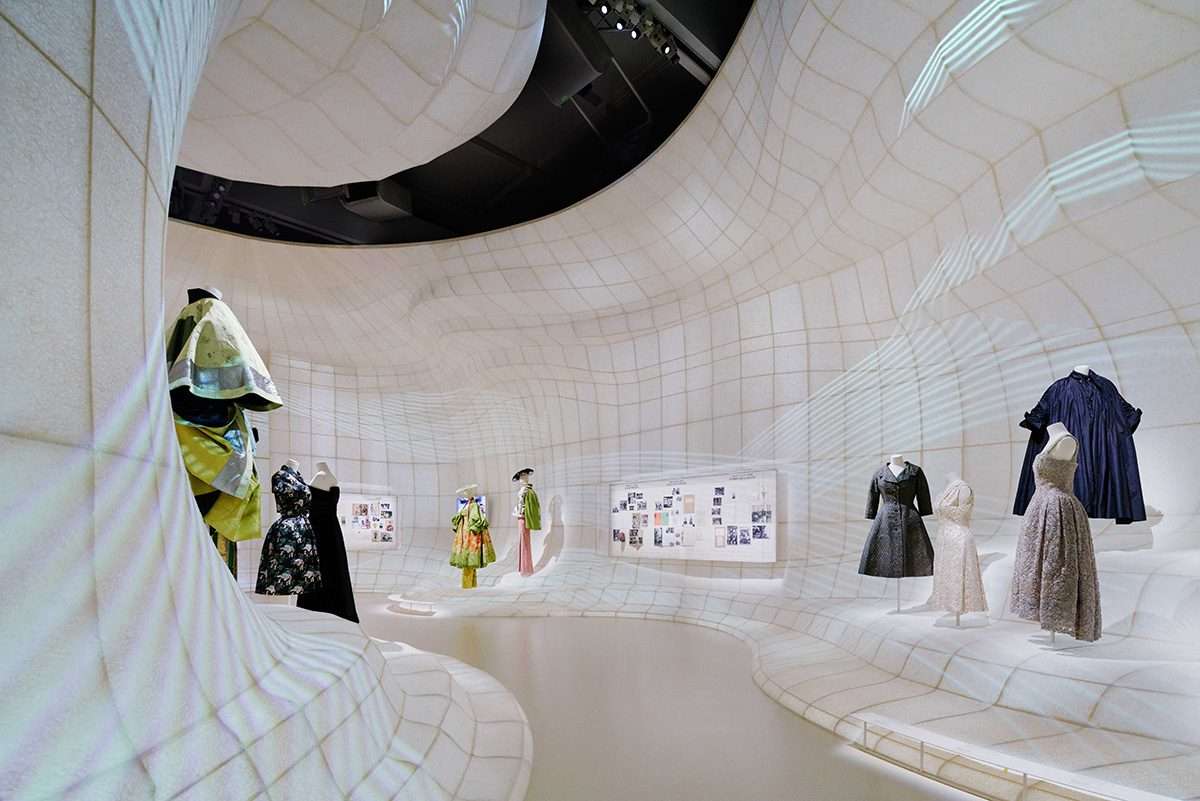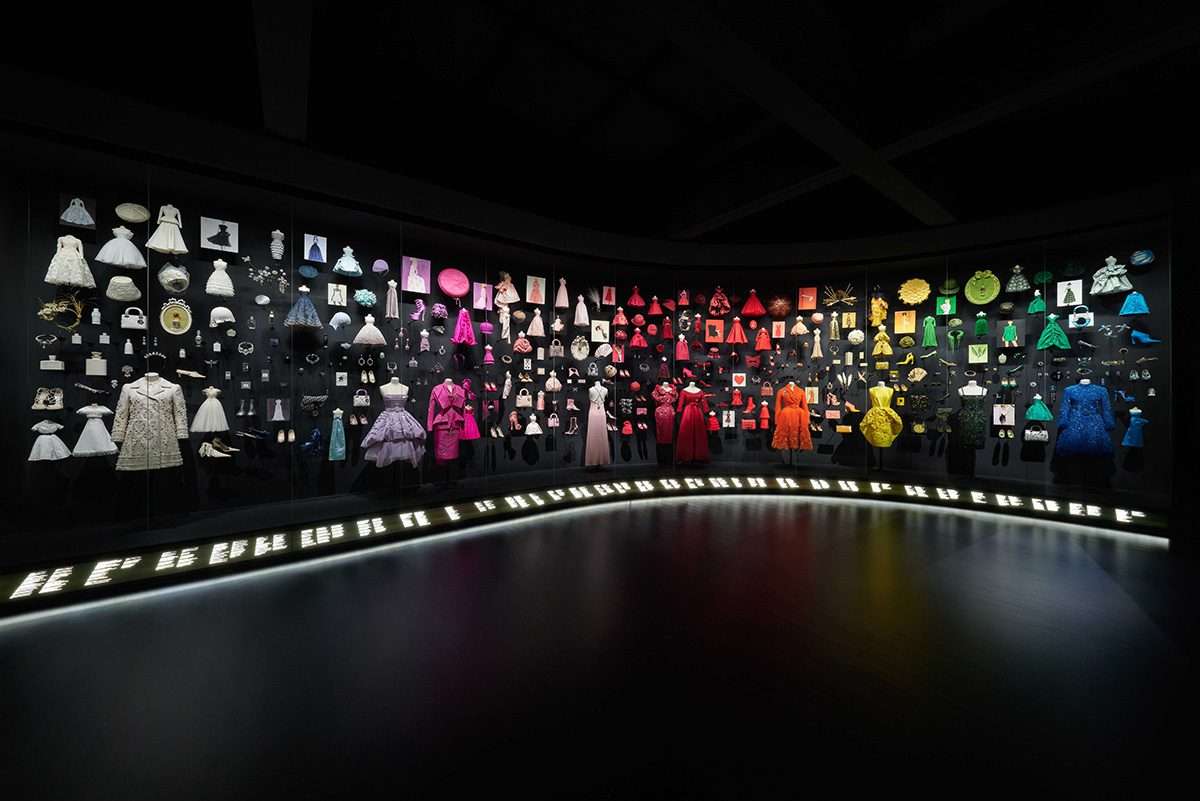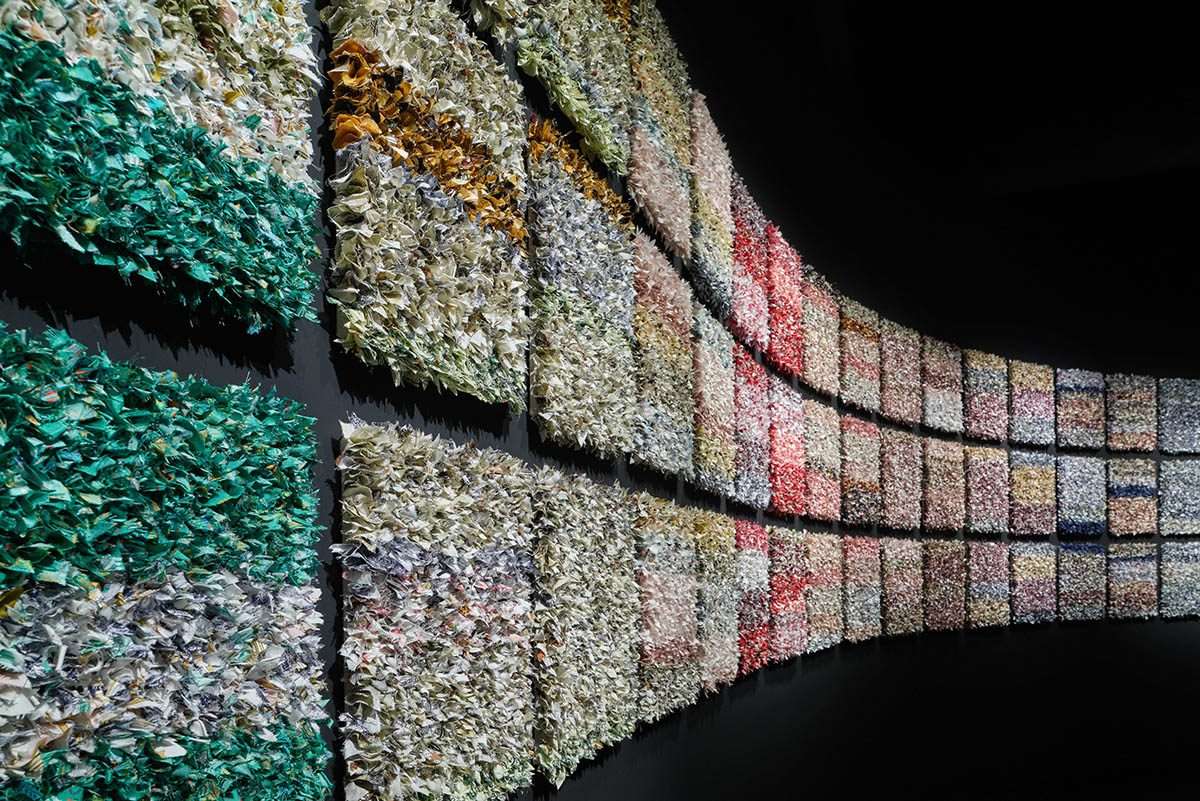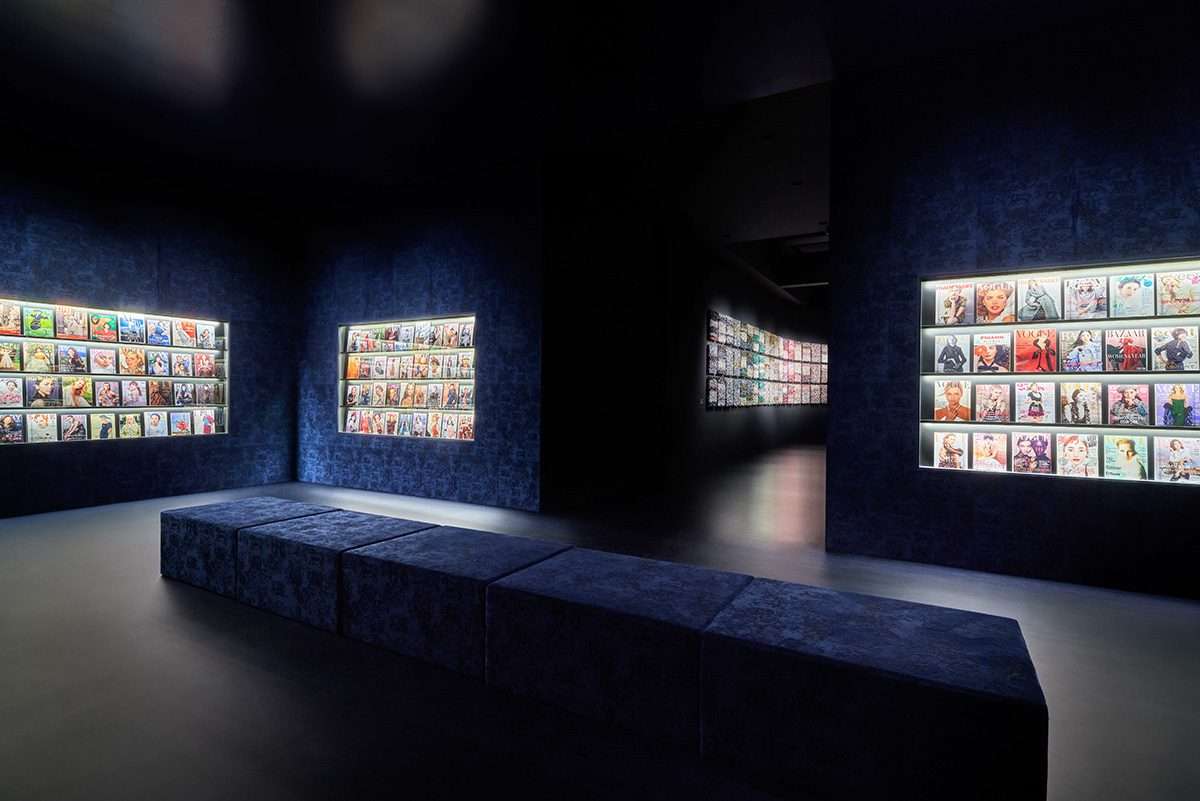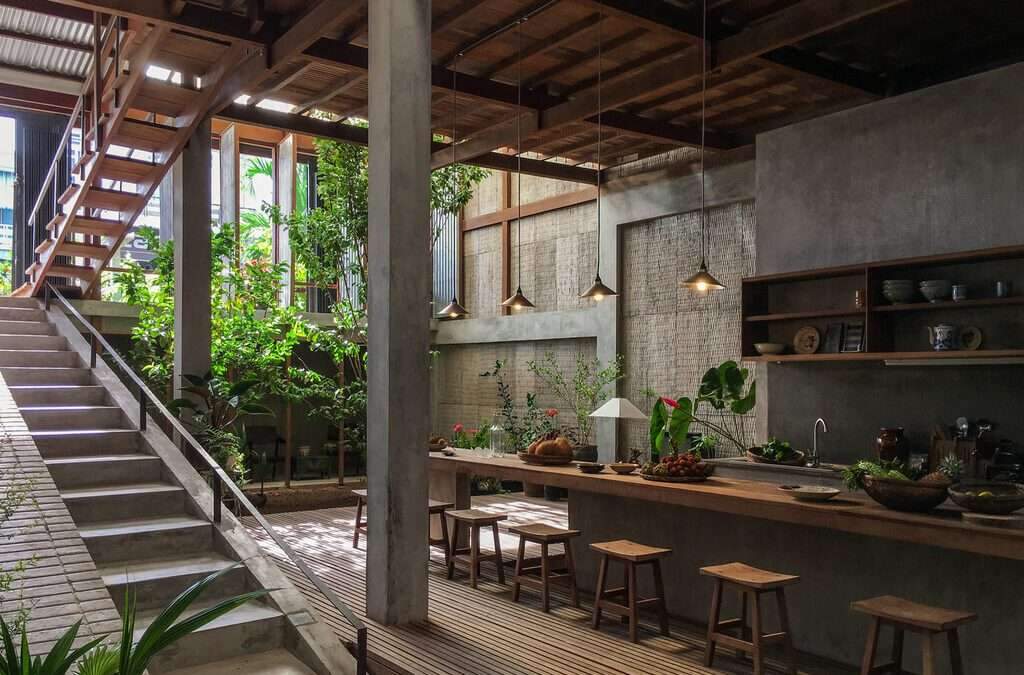OMA for Dior Design Explores Craft Diversity and Material Expression at MOT
OMA has designed a new exhibition space for French luxury fashion house Dior,
at the Museum of Contemporary Art, Tokyo (MOT).
The exhibition, titled Christian Dior: Designer of Dreams,
reflects the synergies between Japan and France through innovation, materials, crafts, fashion and tradition.
The exhibition’s scenography is led by Shohei Shigematsu, visionary Japanese architect and partner of OMA New York.
He is known for designing his exhibition, Manus x Machina: Fashion in an Age of Technology, at The Met in 2016.
By offering a similarly powerful expression to this exhibition,
Shigematsu transforms this exhibition into a “narrative medium”
with deep-rooted references from Japan and takes visitors on a multidimensional journey.
Christian Dior: Designer of Dreams, will be on display until May 28, 2023 at the Tokyo Museum of Contemporary Art (MOT) in Japan.
It is the largest exhibition dedicated to the House of Dior to be held in Japan, and OMA’s third exhibition design collaboration with Dior.
OMA has designed exhibits for Dior: From Paris to the World,
the first House of Dior retrospective in the United States, at the Denver Museum of Art in 2018 and the Dallas Museum of Art in 2019.
The new exhibition in Tokyo also presents 70 years of history and relations between Dior and Japan in a reinvented scenographic narrative and staging that pays homage to Japanese culture and tradition.
Expand and diversify storytelling possibilities
The exhibition experience is designed to take others on a similar journey of discovery,
highlighting new synergies between Japan and France, architecture and fashion, tradition and innovation.
By looking at the linear procession of exhibitions within the Ministry of Commerce,
the architect brought wide-ranging contextual and cultural references to the scenography.
While the material is enriched with techniques,
presentation formats and layouts are addressed according to specific organizational topics.
22 curatorial themes are presented in nine halls by presenting distinct environments,
comprising a diverse exhibition scenography.
According to OMA, “The scenography explores diversity in tradition, scale, materiality, symbolism,
topography, techniques, processions, and organization through a series of otherworldly environments.”
While iconic spaces are presented as alternating between light and dark, expansive and intimate,
fluid and solid, visitors are invited to discover a multidimensional journey.
One of the main themes of the exhibition is ‘Dior and Japan’ as this theme is presented with a winding path and display pockets along it,
similar to the plants of a Japanese tea garden, expanding both vertically and horizontally.
Design features
The wood frame is wrapped in backlit Tenjiku fabric and Awagami washi paper, creating a layered,
luminous backdrop for garments and artifacts.
3D landscapes are displayed with different patterns and textures to further energize the space.
As the detail decreases, the references to Japan become more obvious, for example,
The Dior Ateliers is another room featuring a theme that has been consistently featured in all Dior exhibitions across various gallery spaces around the world.
The theme embodies Dior’s garment-making process of translating sketches into physical form through the creation of simple patterns in white muslin fabric that define the lines and volumes of couture garments before making them from the finished fabrics.
While each space draws from common elements between Japanese tradition and culture,
Dior’s history and contemporary collections draw from specific themes and elements to techniques and construction to create a unique collection of grand performance.
There are also various kinds of rendering techniques, such as the manipulation of the visual and spatial qualities of familiar elements that create an array of new surfaces,
heavily superimposed with projections and dynamic graphics, as well as pieces by Japanese artist Ayumi Shibata and photographer Yuriko Takagi.
Scenography
The scenography is a series of distinctive designs for various curatorial themes,
and the starting point for each collection was a common ground between Dior and Japan such as character style or material expression.
By translating and manipulating this common element into architectural forms and contemporary forms,
we provide a new set of surfaces for storytelling that feels surprising and tectonic,
yet grounded in the inventive and disciplined beauty inherent in both the House of Dior and Japanese culture.
The spread of the organizational themes of the design on two floors
22 organizational themes are spread across two floors of the MOT, which are deployed in separate,
specific and immersive environments.
In designing the collection, Shigemats used different techniques, materials or motifs,
referencing common elements between Japanese tradition and culture, Dior’s history and contemporary collections.
For example, the architect reflected the visual and spatial qualities of recognizable elements and building techniques using such as Shoji and Nebuta screens,
a float depicting a warrior figure that was carried through city centers during the Aomori Nebuta Matsuri festivals in Japan.
The floats have been manipulated, exaggerated, and shaped into contemporary shapes.
The architect also expanded the storytelling capacity by interweaving different styles such as the “familiar and the mysterious with the built landscape.”
To create a series of distinct, immersive environments and a new set of skins.
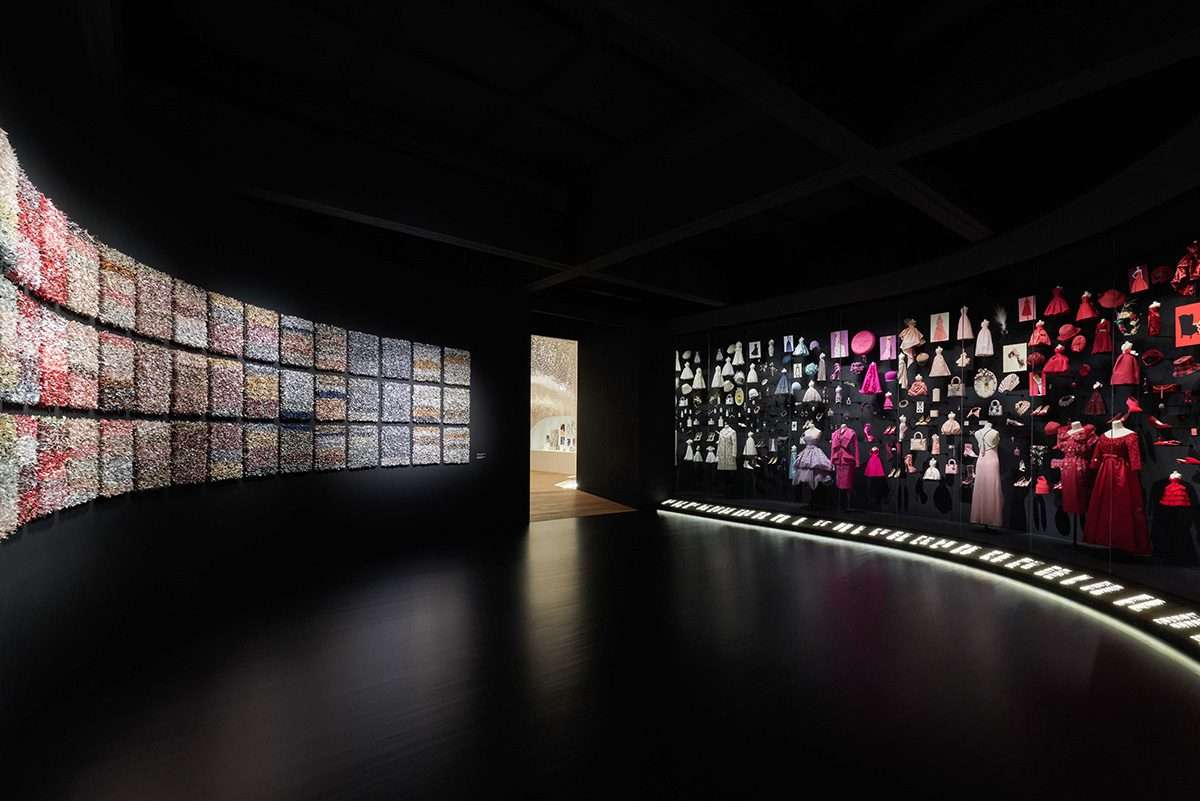
Another space, entitled The Dior Legacy,
is the unifying framework for a series of spaces dedicated to the seven Creative Directors of the House of Dior.
In these spaces, the architects used panels of expanded fabric that are sawn as infilled dividers pulled out of a fusuma—vertical,
rectangular sliding panels on wooden rails at the top and bottom, used to redefine spaces in a room or as doors.
Another element used in the space is called Sudare – traditional Japanese curtains or curtains consisting
of horizontal slats of wood or bamboo, woven together by thread.
For more architectural news

